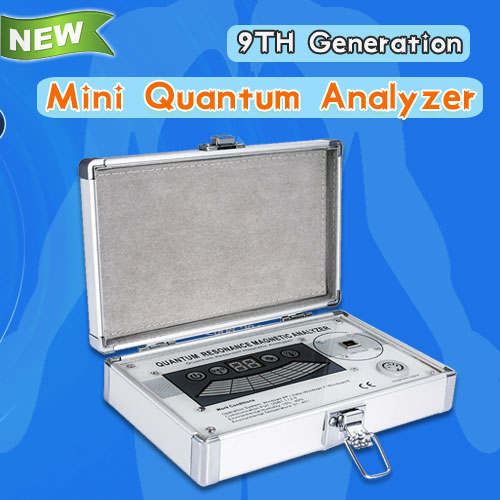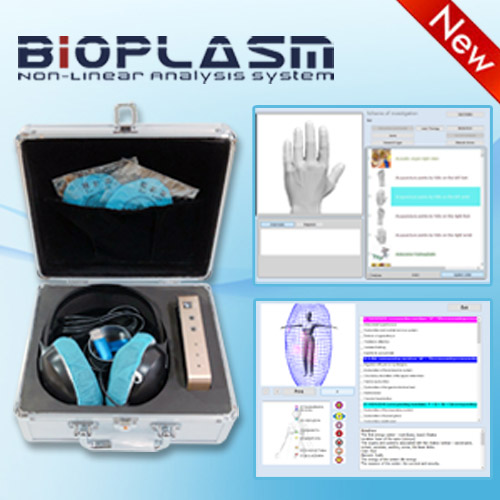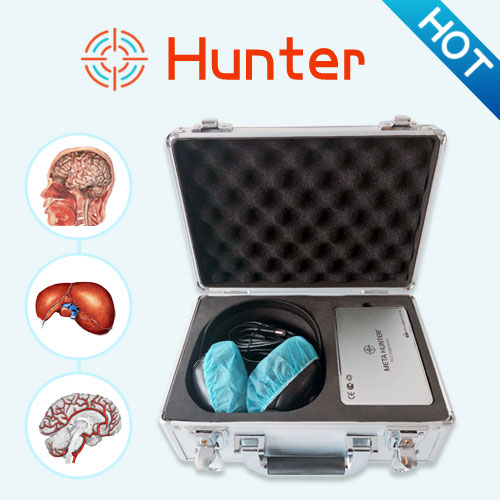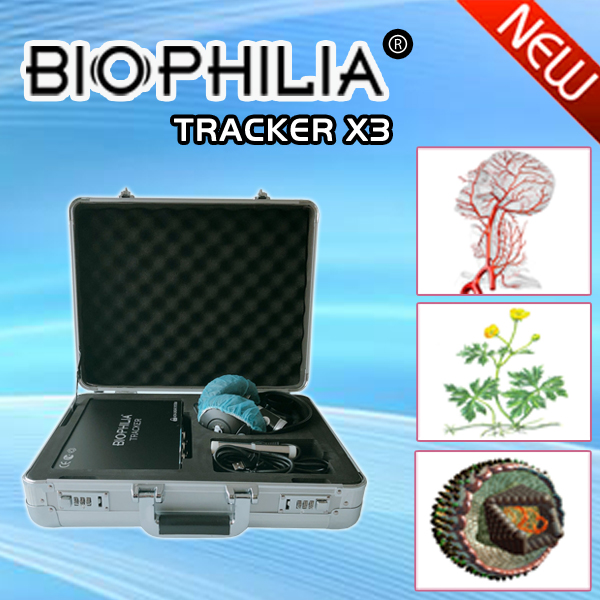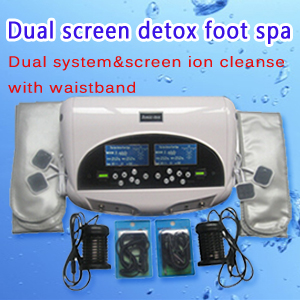What about light therapy for psoriasis?
Light therapy is also called phototherapy. There are several types of medical light therapies that include PUVA (an acronym for psoralen + UVA), UVB, and narrow-band UVB. These artificial light sources have been used for decades and generally are available in only certain physician's offices. There are a few companies who may sell light boxes or light bulbs for prescribed home light therapy.
Natural sunlight is also used to treat psoriasis. Daily short, controlled exposures to natural sunlight may help or clear psoriasis in some patients. Skin unaffected by psoriasis and sensitive areas such as the face and hands may need to be protected during sun exposure.
There are also multiple newer light sources like lasers and photodynamic therapy (use of a light activating medication and a special light source) that have been used to treat psoriasis.
PUVA is a special treatment using a photosensitizing drug and timed artificial-light exposure composed of wavelengths of ultraviolet light in the UVA spectrum. The photosensitizing drug in PUVA is called psoralen. Both the psoralen and the UVA light must be administered within one hour of each other for a response to occur. These treatments are usually given in a physician's office two to three times per week. Several weeks of PUVA is usually required before seeing significant results. The light exposure time is gradually increased during each subsequent treatment. Psoralens may be given orally as a pill or topically as a bath or lotion. After a short incubation period, the skin is exposed to a special wavelength of ultraviolet light called UVA. Patients using PUVA are generally sun sensitive and must avoid sun exposure for a period of time after PUVA. Common side effects with PUVA include burning, aging of the skin, increased brown spots called lentigines, and an increased risk of skin cancer, including melanoma. The relative increase in skin cancer risk with PUVA treatment is controversial. PUVA treatments need to be closely monitored by a physician and discontinued when a maximum number of treatments have been reached.
Narrow-band UVB phototherapy is an artificial light treatment using very limited wavelengths of light. It is frequently given daily or two to three times per week. UVB is also a component of natural sunlight. UVB dosage is based on time and exposure is gradually increased as tolerated. Potential side effects with UVB include skin burning, premature aging, and possible increased risk of skin cancer. The relative increase in skin cancer risk with UVB treatment needs further study but is probably less than PUVA or traditional UVB.
Sometimes UVB is combined with other treatments such as tar application. Goeckerman is a special psoriasis therapy using this combination. Some centers have used this therapy in a "day care" type of setting where patients are in the psoriasis treatment clinic all day for several weeks and go home each night.
Recently, a laser (excimer laser XTRAC) has been developed that generates ultraviolet light in the same range as narrow-band ultraviolet light. This light can be beneficial for psoriasis localized to small areas of skin like the palms, soles, and scalp. It is impractical to use in in extensive disease.
This article is provide from [Metatron 4025 hunter],please indicate the source address reprinted:http://www.healthycarer.com/news/other/1478.html


